 Seeds and Germination
Seeds and Germination
 Grow Setup
Grow Setup
 Seedling Stage
Seedling Stage
 Vegetative Growth
Vegetative Growth
 Pre-flowering
Pre-flowering
 Flowering
Flowering
 Ripening
Ripening
 Harvesting
Harvesting
 Drying
Drying
 Curing
Curing
 Troubleshooting
Troubleshooting
 Training Techniques
Training Techniques
Pre-flowering Cannabis
 15 Minute Read
15 Minute Read
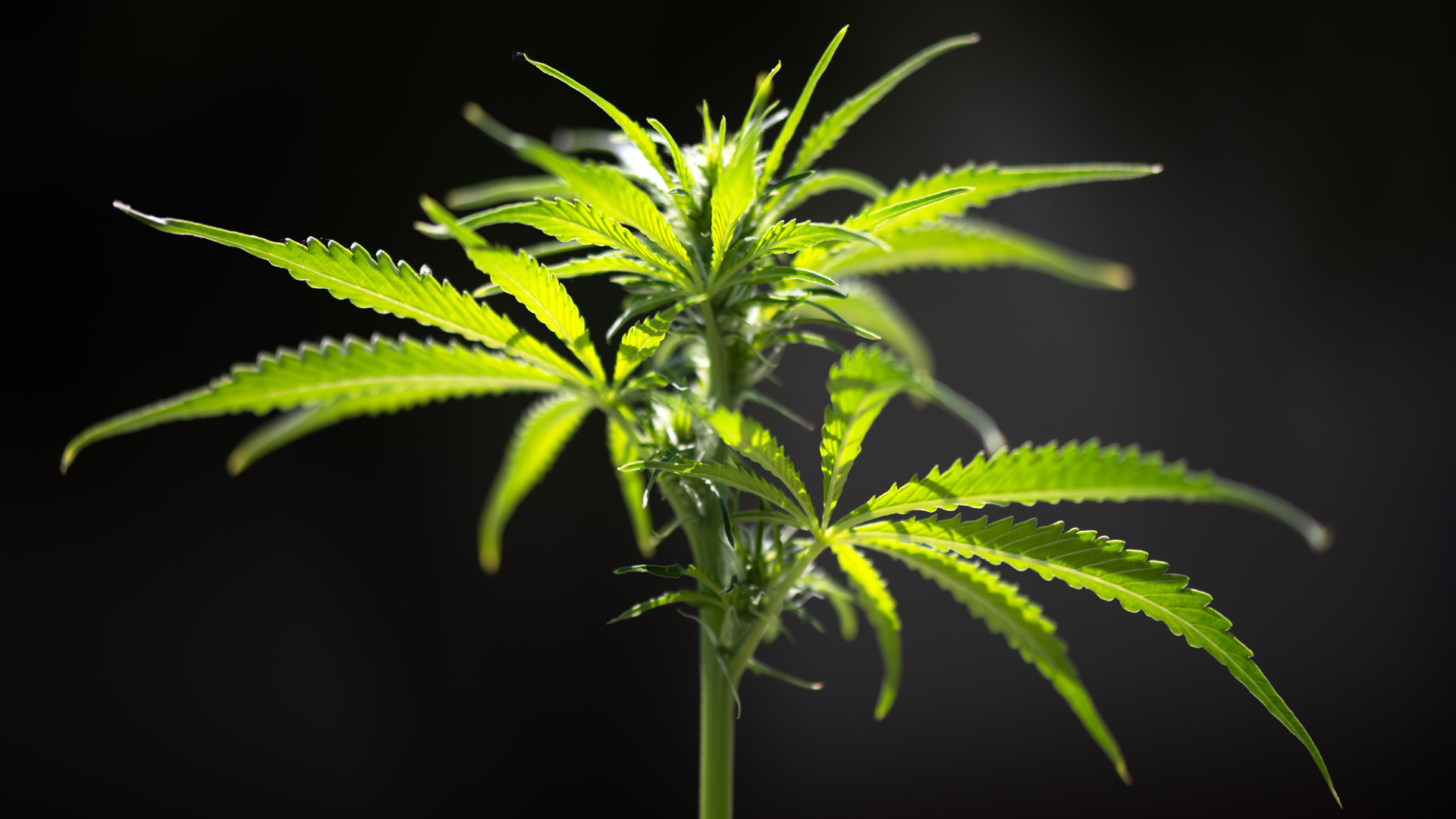
PUBLISHED: August 9, 2024
The pre-flowering stage is an essential period in the life cycle of a cannabis plant. This phase marks the transition between vegetative growth and full flowering, where the plant prepares to produce the coveted buds that cannabis growers and consumers prize. Mastering this phase is key to maximizing yields and ensuring the plant develops healthy, potent flowers. Pre-flowering is a time of rapid growth and important changes, and knowing what to expect can make all the difference between a bountiful harvest and a lackluster one.
In this guide, we’ll explore everything you need to know about the pre-flowering stage of cannabis, from identifying the first signs of pre-flowering to optimizing your plant’s environment and avoiding common mistakes.
Introduction to the Pre-Flowering Stage
The pre-flowering stage, also known as the transition stage, marks the beginning of the plant’s reproductive cycle. This is the stage where the plant begins to transition from vegetative growth into flower production. It’s an exciting time for growers because it’s the first sign that their efforts will soon pay off in the form of sticky, resin-filled buds.
Pre-flowering typically lasts for 1 to 3 weeks and starts when the plant begins to show signs of its sex—either male, female, or occasionally hermaphroditic. It’s during this period that the plant undergoes rapid growth, stretching to accommodate the buds it will soon produce.
Getting this stage right is critical because mistakes made during pre-flowering can affect both the quality and quantity of your final harvest. However, with the right approach and knowledge, you can ensure a smooth transition into the flowering stage, optimizing your plant’s potential.
Identifying Pre-Flowering in Cannabis Plants
One of the first and most important tasks in the pre-flowering stage is identifying when your plants are entering this phase and determining whether they are male or female. This distinction is crucial because only female plants produce the buds that contain cannabinoids like THC and CBD.
Recognizing Sex: Male vs. Female Plants
Identifying the sex of your cannabis plants early on is key to avoiding unwanted pollination, which can significantly reduce the quality of your buds. Here’s how to identify male and female plants:
- Female Plants: Female cannabis plants produce small, white, hair-like structures known as pistils. These pistils emerge from the nodes (where the branches meet the main stem) and are a clear indication that your plant is female. These will eventually become the buds you’ll harvest.
- Male Plants: Male plants, on the other hand, produce pollen sacs that resemble small balls or clusters. These sacs will eventually open up and release pollen to fertilize female plants. If you’re growing for flower production, you’ll want to remove male plants from your garden to prevent them from pollinating the females.
- Hermaphroditic Plants: In some cases, plants can become hermaphroditic, meaning they develop both male and female reproductive organs. This often happens as a result of stress, and hermaphroditic plants can self-pollinate, leading to seedy buds. If you spot a hermaphrodite, it’s usually best to remove it to prevent pollination.
Early Flower Formation
During pre-flowering, your plants will start to form the early stages of buds. On female plants, you’ll notice small clusters of pistils forming at the nodes. These are the first signs of flower development and a clear indicator that your plant is transitioning into the flowering stage.
Male plants will begin to develop pollen sacs, which appear as small round balls. If you’re growing feminized seeds, you shouldn’t have to worry about male plants, but it’s always good to double-check.
What Happens During Pre-Flowering?
The pre-flowering stage is a time of major changes within the plant, both visible and invisible. Understanding what’s happening during this stage will help you better manage your plants and prepare them for a successful flowering phase.
Hormonal Changes
Pre-flowering is driven by hormonal changes within the plant, particularly the increased production of florigen, a hormone responsible for triggering the flowering process. This shift in hormones is typically initiated by changes in light exposure, such as the reduced daylight hours during the late summer or by switching to a 12/12 light cycle indoors.
Florigen signals the plant to stop focusing on vegetative growth and to begin preparing for reproduction. This is when you’ll see the development of pistils in female plants or pollen sacs in male plants.
Growth Spurts and Stretching
One of the most noticeable aspects of pre-flowering is the stretch that occurs. During the first few weeks of pre-flowering, cannabis plants can double or even triple in size as they prepare to support the weight of the flowers they’ll produce.
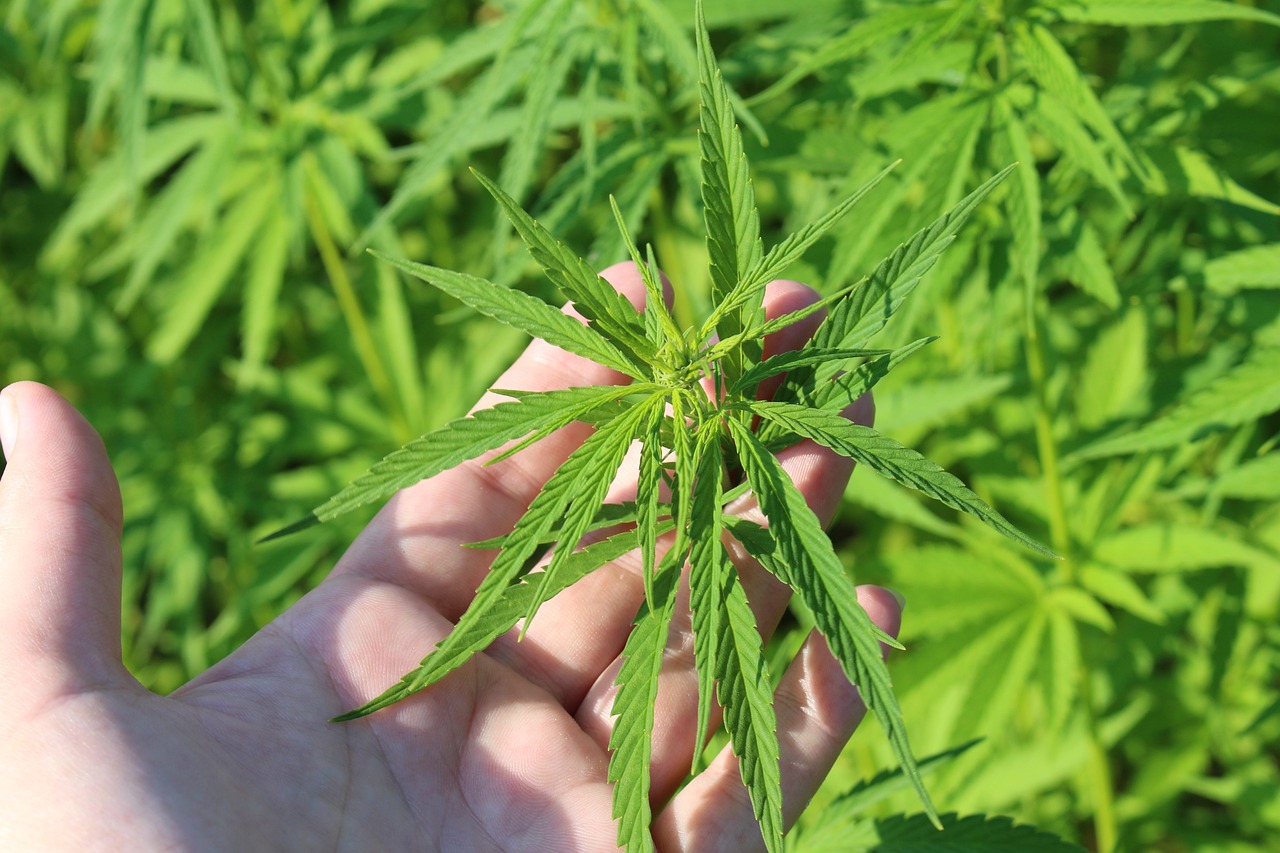
This rapid growth is often referred to as the flowering stretch and is most pronounced in sativa strains, which naturally tend to grow taller and lankier than indica strains. While the stretch is essential for bud production, it can be problematic if you’re growing in a confined space. Managing the stretch is crucial to preventing your plants from outgrowing their environment.
Energy Redistribution
During the vegetative stage, the plant’s energy is directed towards growing leaves, stems, and roots. However, once pre-flowering begins, the plant starts to redistribute its energy towards developing buds. This shift in energy focus is part of what triggers the rapid growth spurt.
It’s important to adjust your care regimen during this time to ensure that your plants have the nutrients and support they need to handle the transition.
Optimizing Your Grow During Pre-Flowering
Properly managing your cannabis plants during the pre-flowering stage is essential for setting the foundation for a successful flowering period. This involves adjusting the light, nutrients, and watering schedule to meet the plant’s changing needs.
Light Adjustments
Light plays a pivotal role in triggering and supporting the pre-flowering phase. If you’re growing indoors, switching your light schedule from 18/6 (18 hours of light and 6 hours of darkness) to 12/12 is what signals to the plant that it’s time to start flowering.
- Light Intensity: While you’re reducing the light exposure to 12 hours per day, ensure that the light intensity remains strong enough to support the plant’s growth. Cannabis plants need high-intensity light to produce dense, resinous buds, so make sure your grow lights are powerful enough to penetrate the canopy.
- Light Distance: As the plant stretches, you may need to adjust the distance between the lights and the canopy to prevent light burn. Monitor your plants closely and adjust the height of the lights accordingly.
Nutrient Requirements
Nutrient requirements change significantly during the pre-flowering stage. During the vegetative stage, the plant primarily requires nitrogen to support leaf and stem growth. However, once pre-flowering begins, the plant’s nutrient needs shift towards phosphorus and potassium, which support flower development.
- Transitioning to Bloom Nutrients: Gradually transition from a vegetative nutrient formula to a bloom formula that’s higher in phosphorus and potassium but lower in nitrogen. Phosphorus supports bud development, while potassium helps the plant regulate water uptake and strengthen cell walls.
- Calcium and Magnesium: During pre-flowering, calcium and magnesium become especially important for maintaining strong stems and supporting flower production. Consider adding a calcium-magnesium supplement to your feeding schedule to prevent deficiencies.
Watering Strategies
Watering requirements may also change during pre-flowering. As the plant begins to stretch and develop flowers, its water needs may increase. However, be cautious not to overwater, as this can lead to root problems and nutrient deficiencies.
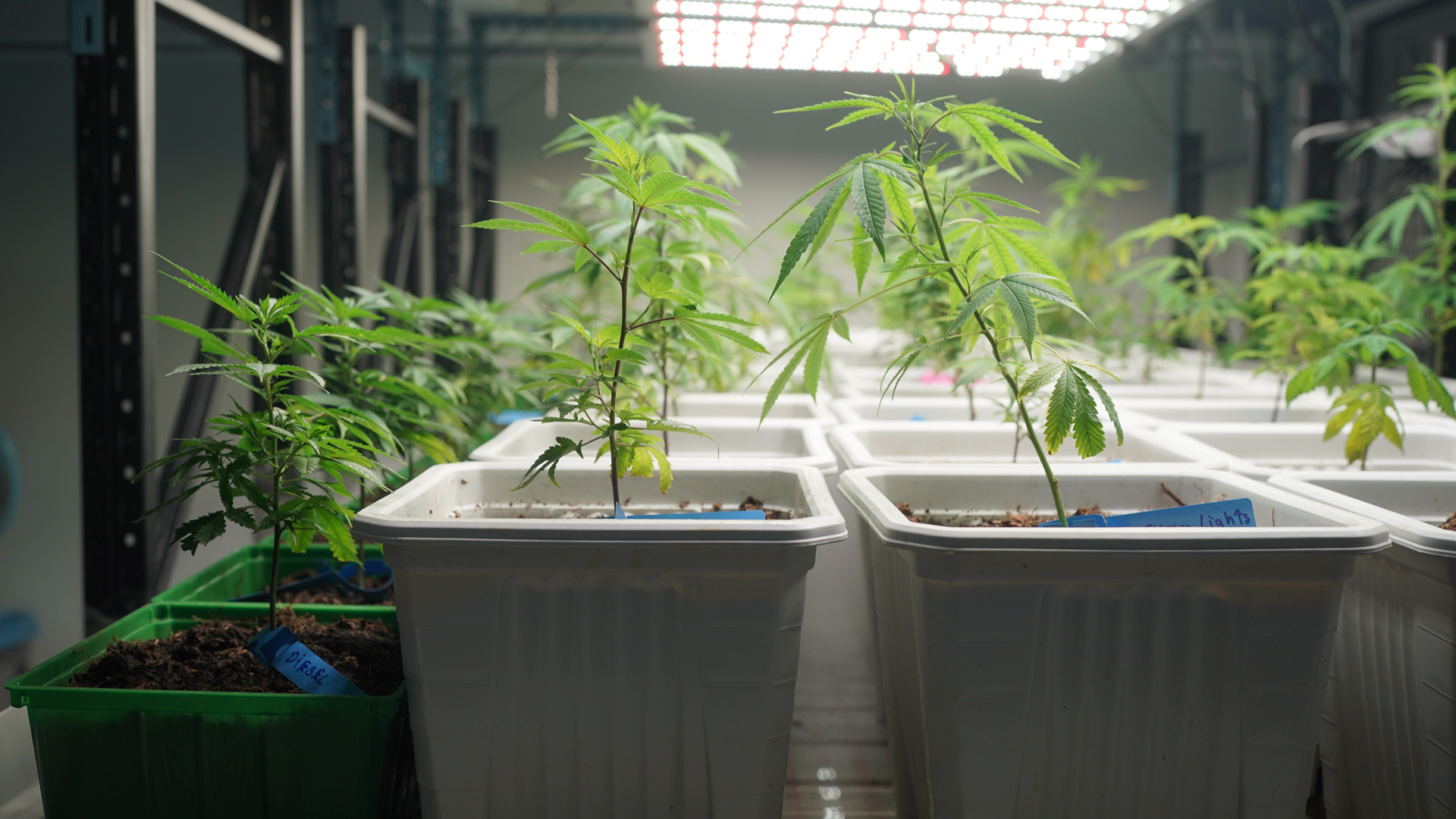
- Watering Frequency: Monitor the soil moisture closely and adjust your watering schedule based on the plant’s needs. If the plant is stretching rapidly and the temperatures are warm, it may require more frequent watering.
- Drainage: Ensure that your pots have adequate drainage to prevent water from pooling at the roots, which can lead to root rot.
Managing Stretch and Plant Height
The flowering stretch can be both a blessing and a challenge for growers, especially if you’re working with limited vertical space. Stretching is a natural part of the cannabis life cycle, but controlling it can help you manage the overall size and shape of your plants.
Topping and LST (Low-Stress Training)
One of the most effective ways to control plant height and maximize light exposure is through topping and low-stress training (LST). These techniques allow you to manipulate the plant’s growth pattern, encouraging it to grow wider rather than taller.
- Topping: Topping involves cutting off the top of the main stem, which encourages the plant to grow multiple colas (main bud sites) instead of one dominant cola. This can help reduce the overall height of the plant while increasing the number of bud sites.
- LST: LST involves gently bending and tying down branches to create a more even canopy. This technique helps prevent the plant from growing too tall and allows more light to reach the lower bud sites.
Pruning
Pruning excess foliage can also help control the height and shape of your plants. Removing lower branches and fan leaves that aren’t receiving much light allows the plant to focus its energy on developing the upper bud sites.
- Defoliation: During pre-flowering, selectively removing some of the large fan leaves can improve light penetration and airflow, helping to prevent mold and mildew while encouraging more robust flower development.
Common Problems in Pre-Flowering
While pre-flowering is an exciting time, it’s also a period when several issues can arise that could negatively impact your plants. Being aware of these potential problems will help you avoid setbacks during this critical stage.
Hermaphroditism and Stress
Cannabis plants can become hermaphroditic if they experience too much stress during pre-flowering. Hermaphroditism occurs when the plant develops both male and female reproductive organs, allowing it to self-pollinate and produce seeds. This is often a result of stressors such as:
- Light Leaks: Interruptions in the dark period (such as light leaks) can stress the plant and trigger hermaphroditism. Make sure your grow room is completely dark during the 12-hour dark period.
- Temperature Extremes: High heat or cold temperatures can also cause stress during pre-flowering. Keep temperatures within the ideal range to prevent stress-related issues.
Nutrient Deficiencies and Excesses
Nutrient deficiencies or excesses are common problems during pre-flowering. The plant’s nutrient needs change as it transitions from vegetative growth to flowering, and failing to adjust the nutrient schedule accordingly can lead to deficiencies or toxicities.
- Nitrogen Toxicity: Too much nitrogen during pre-flowering can lead to dark green, claw-like leaves and delayed flowering.
- Phosphorus Deficiency: A lack of phosphorus can slow flower development and lead to purpling of the stems and leaves.
Light Leaks and Photoperiod Disruptions
For photoperiod strains, light leaks during the dark cycle can disrupt the plant’s flowering process and lead to problems like delayed flowering, hermaphroditism, or reversion to vegetative growth.
- Solution: Make sure your grow space is completely lightproof during the dark period. Even small leaks from grow room doors, windows, or equipment can disrupt the plant’s photoperiod and cause stress.
Pre-Flowering and Different Cannabis Strains
Not all cannabis strains behave the same way during pre-flowering. The way your plants respond to this stage can vary based on whether they are photoperiod or autoflowering strains, as well as their genetic background (indica vs. sativa).
Photoperiod vs. Autoflowering Strains
- Photoperiod Strains: Photoperiod strains rely on changes in light cycles to trigger flowering. These strains won’t enter pre-flowering until they receive 12 hours of uninterrupted darkness.
- Autoflowering Strains: Autoflowering strains enter the pre-flowering stage based on their age rather than light exposure. These strains tend to have a shorter pre-flowering period and transition to flowering more quickly.
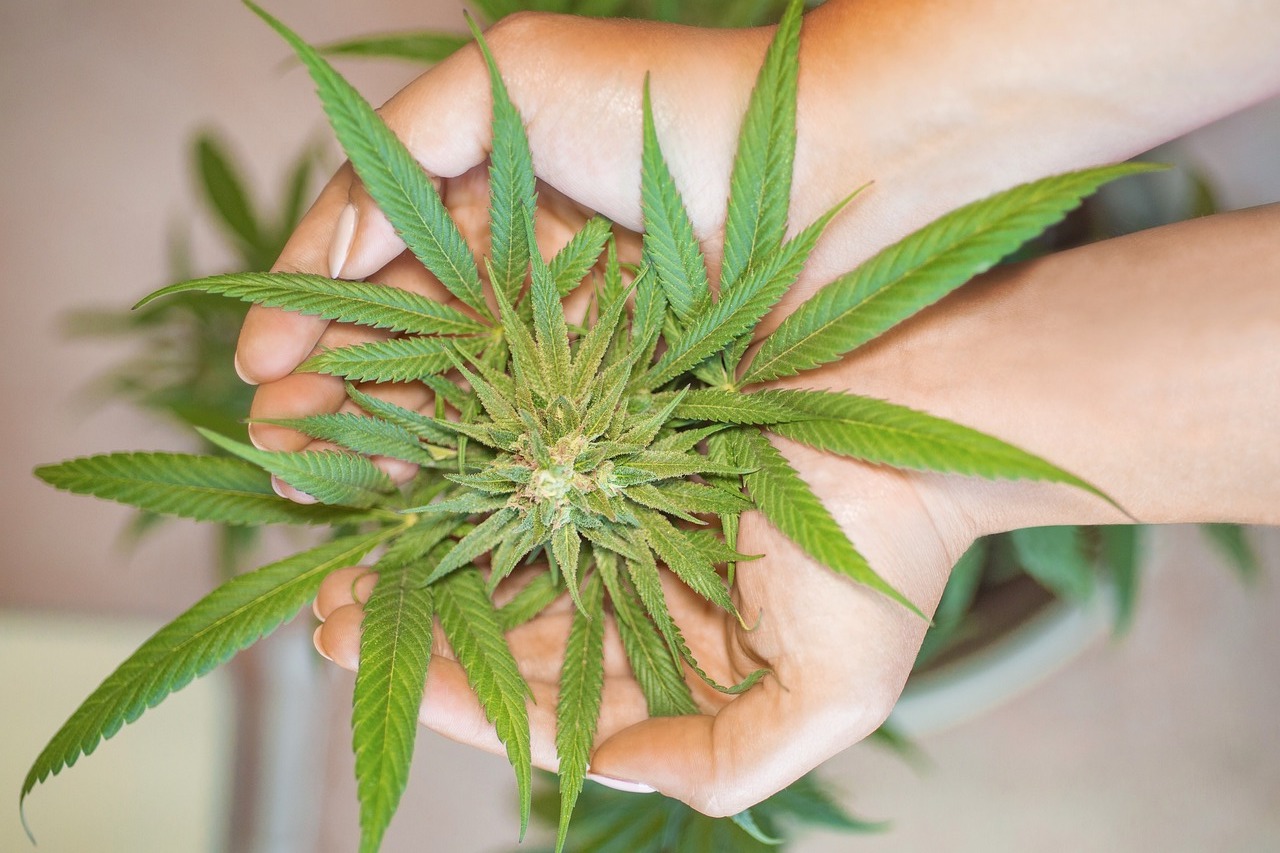
Indica vs. Sativa Pre-Flowering Behavior
- Indica Strains: Indica-dominant strains typically have a shorter pre-flowering stage and don’t stretch as much as sativas. They tend to remain shorter and bushier, making them easier to manage in indoor setups.
- Sativa Strains: Sativa-dominant strains are known for their dramatic stretch during pre-flowering, often doubling or tripling in height. These plants require more vertical space and careful management to prevent overcrowding.
Pre-Flowering Techniques for Bigger Yields
Several techniques can be employed during the pre-flowering stage to maximize your yields and set your plants up for success during flowering.
Topping, Fimming, and LST
As mentioned earlier, topping and fimming (a variation of topping) are great ways to encourage bushier growth and more bud sites. Combining these techniques with LST allows you to shape the plant and ensure even light distribution.
- Topping: By removing the top of the main stem, you encourage the plant to produce two main colas instead of one. This helps increase the number of buds and prevents the plant from growing too tall.
- Fimming: Fimming involves removing about 75% of the top growth, which can result in more than two new colas. It’s slightly less predictable than topping but can produce more bud sites.
- LST: Low-stress training is a gentle way to shape the plant without causing damage. Bending and tying down branches allows you to create an even canopy and improve light penetration.
Defoliation and Pruning
Defoliation and pruning are effective ways to improve airflow and light penetration during pre-flowering.
- Defoliation: Remove large fan leaves that block light from reaching lower bud sites. Be careful not to overdo it, as leaves are still essential for photosynthesis during this stage.
- Pruning: Prune lower branches that aren’t receiving much light, as they won’t produce much in the way of usable buds. This redirects energy to the upper, more productive branches.
Lollipopping
Lollipopping is a pruning technique where the lower third of the plant is stripped of leaves and small branches. This technique forces the plant to focus its energy on the upper buds that receive the most light, resulting in larger, denser flowers.
- Timing: Lollipopping is best done at the start of pre-flowering, before the plant fully transitions into flowering.
Environmental Control During Pre-Flowering
Controlling the environment in your grow space is just as important during pre-flowering as it is during vegetative growth and flowering. Temperature, humidity, and airflow all play a critical role in ensuring a smooth transition into flowering.
Temperature
- Optimal Temperature: During pre-flowering, aim to maintain temperatures between 70-80°F (21-27°C) during the day and slightly cooler temperatures at night. Avoid extreme heat or cold, as this can stress the plant and affect flower development.
Humidity
- Optimal Humidity: Keep humidity levels between 40-60% during pre-flowering. Higher humidity levels can lead to mold and mildew, while low humidity can cause the plant to dry out and stunt its growth.
- Dehumidifiers: If you’re growing in a humid environment, consider using a dehumidifier to keep humidity levels in check.
Airflow and Ventilation
Good airflow is essential during pre-flowering to prevent the buildup of heat and humidity around the plants. Proper ventilation helps reduce the risk of mold and encourages healthy growth.
- Fans: Use oscillating fans to create a gentle breeze in your grow space. This helps strengthen the plant’s stems and improves airflow throughout the canopy.
- Exhaust Systems: An exhaust system with a carbon filter helps remove excess heat, humidity, and odors from your grow room.
Preparing for Full Flowering
As pre-flowering comes to an end, your plants will begin the full flowering stage, where the buds will start to form and grow rapidly. Here’s how to prepare for this next phase.
Switching to Flowering Nutrients
Once pre-flowering is complete and your plants are fully into the flowering stage, switch to a nutrient formula that’s specifically designed for flowering. These formulas are higher in phosphorus and potassium, which support bud development.
Setting Up Flowering Lights
Ensure that your grow lights are properly adjusted for the flowering stage. Cannabis plants require strong, direct light to produce dense buds, so make sure your lights are positioned correctly and that there’s no shadowing on the canopy.
- Light Distance: Keep your lights at the optimal distance from the canopy to prevent light burn while still providing sufficient intensity for flower production.
Pre-Flowering Checklist
Here’s a quick checklist to ensure your plants are ready for the flowering stage:
- Identify and remove any male plants to prevent pollination.
- Adjust your light schedule to 12/12 for photoperiod strains.
- Transition to bloom nutrients and ensure proper nutrient levels.
- Prune and defoliate as necessary to improve light penetration and airflow.
- Monitor environmental conditions, including temperature, humidity, and airflow.
- Implement LST, topping, or other training techniques to control plant height and maximize yield.
Mastering Pre-Flowering for Optimal Results
The pre-flowering stage is an exciting and critical time in the cannabis growing process. By understanding the changes your plants are going through and taking the necessary steps to optimize their environment, you’ll be setting the stage for a successful flowering phase and a bountiful harvest.
Proper care during pre-flowering ensures that your plants are healthy, strong, and ready to produce the highest quality buds. From identifying the sex of your plants to managing the flowering stretch and optimizing nutrients, mastering this stage will pay off in the form of bigger, denser, and more potent buds.
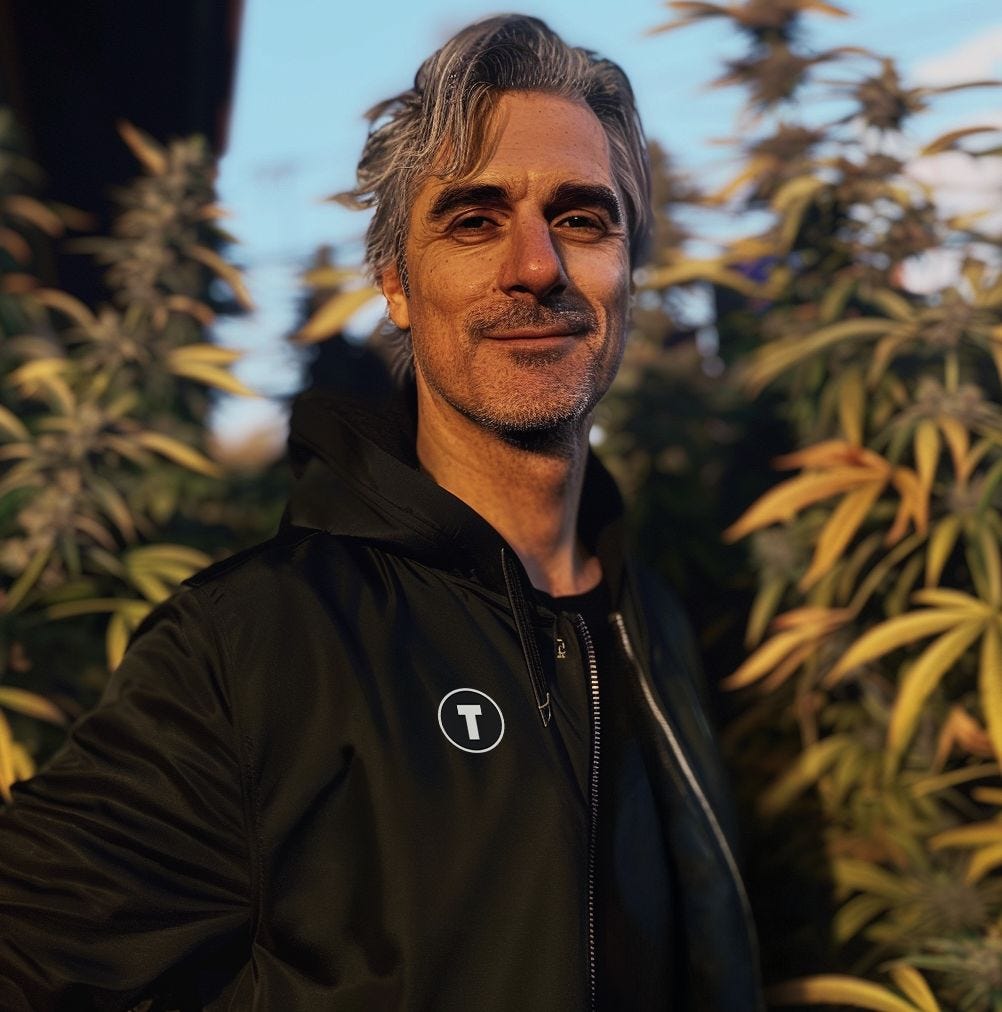
Mike Titan, the founder of Titan Seeds, is a seasoned cannabis cultivator and the mastermind behind the comprehensive grow guide available on the Titan Seeds website.



